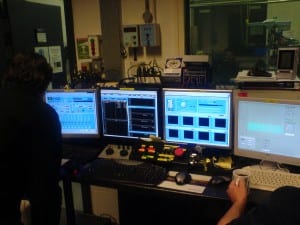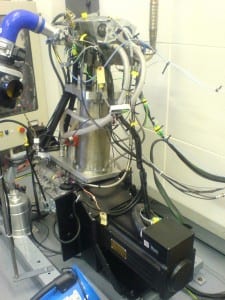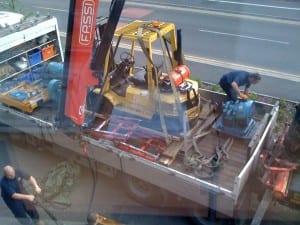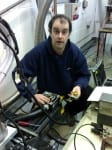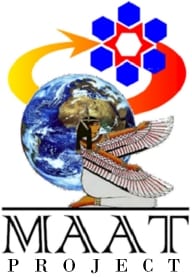We’re kicking off the EU FP7 project – MAAT Multibody Advanced Airship for Transport kicks on 1st September 2011. Here are some of the participants in the project, from Universidade da Beira Interior, Portugal
Organization: Universidade da Beira Interior, CAST – Centre for Aerospace Sciences and Technology Short name: UBI
General Description
UBI is a collective person of public law endowed with statutory, pedagogical, scientific, cultural, administrative, financial, assets, and disciplinary autonomy. UBI is structured in faculties, departments, research units, centres, and services which endeavour to meet its goals in teaching, research, and service provision to the community. The present faculties include Sciences, Engineering, Social and Human Sciences, Arts and Letters, and Health Sciences. Innovative research, knowledge transfer, and entrepreneurship activities are also central to the univer- sity‘s mission and objectives as shown by the outcomes of its R&D units and groups, supported mainly by re- search contracts. The Centre spans a wide range of research themes around the issues related to the aeronautics and aerospace. The UBI-CAST research and development activities can be grouped within five main multidiscipli- nary thematic areas: Dynamics and Control of Space Systems; Aeronautical Materials and Structures; Energetic systems; Technological Forecasting and Industrial Management.
Main related expertise
Prof. José Páscoa is an active researcher in turbomachinery aerodynamics and holds a record of several dozen publications on the field. Currently he is a researcher at CAST-Centre for Aerospace Sciences and Technology of UBI. Formerly he was a visiting researcher at the Rolls-Royce UTC of Loughborough University (U.K.). He has worked on diverse research projects concerning turbomachinery design, namely.
Mr. Carlos Xisto is a researcher at CAST; he holds a master degree in turbomachinery aerodynamics and is pur- suing a Ph.D. on Propulsion at CAST. Related publications (others related publications in attachment): Páscoa J. C., Xisto C. M., Göttlich E., (2010), “Performance assessment limits in transonic 3D turbine stage blade rows using a mixing-plane approach”, Journal of Mechanical Science and Technology, Vol. 24(10), pp. 2035-2042, ISSN: 1738-494X.
Xisto C.M., Páscoa J.C., Oliveira P.J., Nicolini D.A. (2010), “Implementation of a 3D compressible MHD Solver Able to Model Transonic Flows”, in Proc. V European Conference on Computational Fluid Dynamics ECCO- MAS CFD 2010, 14 pp..
Prof. Miguel Silvestre is an Assistant Professor at UBI. Currently he is a collaborator researcher at Centre for Aerospace Sciences and Technology of UBI. Presently he is a consultant by UBI for Lockheed Martin Corpora- tion (LMCO) designing a propeller for a UAV and heads a UBI team for a project on the development of an un- manned underwater gliding vehicle in collaboration with the University of Saint Thomas, St Paul, MN, USA. He has been the scientific adviser for UBI participation in Air Cargo Challenge design-build-fly international com- petition, winning the contest twice.
Related publications (others related publications in attachment): Jorge Barata, Miguel Silvestre, ―Visualization of a Ground Vortex Flow‖, AIAA-2010-562, 48th AIAA Aero- space Sciences Meeting Including the New Horizons Forum and Aerospace Exposition, Orlando, Florida, Jan. 4- 7, 2010. Jorge Barata, Universidade, Samuel Ribeiro, Pedro Santos, André Silva, Miguel Silvestre, ”Experimental Study of Instabilities and Secondary Effects of a Ground Vortex Flow”, AIAA-2008-343, 46th AIAA Aerospace Sci- ences Meeting and Exhibit, Reno, Nevada, Jan. 7-10, 2008
